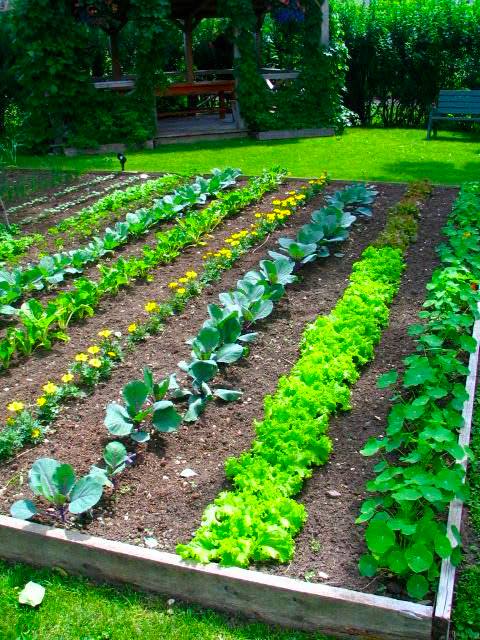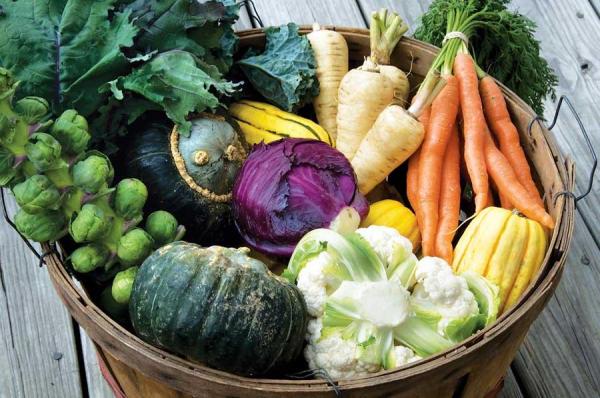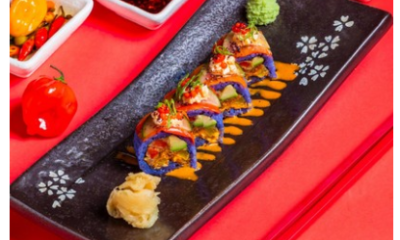Celebrities
Here’s What Shakespeare’s Supper Might Have Been
“I would give all my fame for a pot of ale”
~Henry V: Act 1, Scene 3
As the great William Shakespeare blows 900 candles in his grave (and turns at this ridiculous snippet of literature), let’s take a look at what the author used to chow at his time, i.e., the Tudor times. No, it’s not a newspaper, but the era between 1485 and 1603 in England and Wales.
Major Ingredients
The food during this period consisted of a wide variety of flour and grains ranging from rye and oats to barley. This spectrum of ingredients helped create a diverse range of flavor and texture. Add to that brand new innovations in farming and animal husbandry and you get a Tudor menu complete with fruits and vegetables better than ever before.
Speaking of vegetables, “sallet” greens that included the likes of sorrel, spinach and mustard were important parts of the Tudor diet, though they were rarely eaten raw as it was believed that raw fruits and vegetables could make one sick.
Medicinal Values
The folks of the Tudor era often related food to medicine and believed strongly in “you are what you eat”. This meant that a large amount of foods of this time were rich in medicinal properties. Even recipes penned down for cooks came with special medicinal instructions.
Sarah Longe’s Recipe Book, which was written around 1610, features separate sections on ‘Preserves and conserves’, ‘cokery’, and ‘Physicke and Chirurgery’, giving an idea of how surprisingly intertwined ‘cookery’ and ‘surgery’ were”, writes History.
Drink Up!
Apart from the chows, even a few drinks were given the medicinal pedestal. Beverages like wine, beer and cider were guzzled to keep ailments at bay. A lot of water-born diseases were spreading at the time so low-alcohol drinks were a safer bet than plain water.
Caffeine-rich drinks were hot (pun intended) during the era. The likes of hot coco, coffee and tea were regularly consumed by writers (like you know who) and scholars to keep themselves alert.
Sweet Meets Savory
A few other notable nuances of Tudor cuisine were the collective use of ingredients in savory and sweet dishes. For example, a rabbit stew or chicken could consist of cloves, cinnamon and honey.
I know, you must be wondering why contemporary English cuisine is largely mild? That’s because as the calendar flipped over to 1700, the preferences changed and foods that were salty, sour and tangy became common favorites.
So there you have it, Shakespeare’s probable supper.
Source: History
























